Thoughts on serbian spruce
thetman
13 years ago
Featured Answer
Sort by:Oldest
Comments (25)
ken_adrian Adrian MI cold Z5
13 years agoken_adrian Adrian MI cold Z5
13 years agogardener365
13 years agothetman
13 years agogardener365
13 years agotunilla
13 years agodcsteg
13 years agothetman
13 years agowisconsitom
13 years agogardener365
13 years agopineresin
13 years agopineresin
13 years agogardener365
13 years agothetman
13 years agospruceman
13 years agogardener365
13 years agogardener365
13 years agothetman
13 years agospruceman
13 years agosalicaceae
13 years agobunkers
13 years agofirefightergardener
13 years agothetman
13 years agospruceman
13 years ago
Related Stories
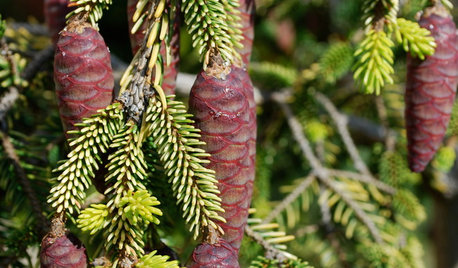
GARDENING GUIDESGreat Design Plant: Skylands Oriental Spruce, a Favorite Conifer
Brighten up a drab corner of your garden with Picea orientalis ‘Skylands’, a smaller spruce that a bird family might just call home
Full Story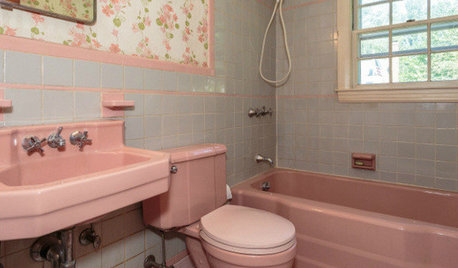
BATHROOM COLOR8 Ways to Spruce Up an Older Bathroom (Without Remodeling)
Mint tiles got you feeling blue? Don’t demolish — distract the eye by updating small details
Full Story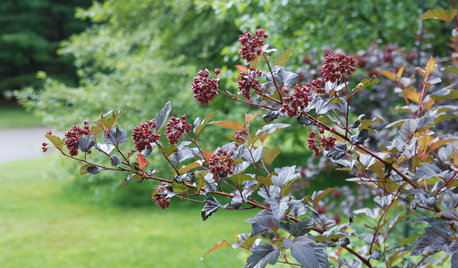
GARDENING GUIDES6 Branches and Berries to Spruce Up Holiday Decor
Bring garden cuttings in from the cold to warm up seasonal arrangements and decorate your home for the holidays
Full Story
TASTEMAKERS10 Snazzy Home Spruce-Ups from Estee Stanley
The star-connected stylist reveals her favorite accent pieces, the secret to fab flowers and which fabric always looks great
Full Story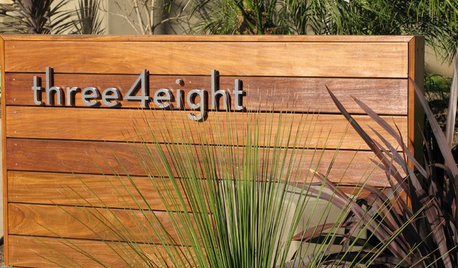
CURB APPEAL7 Finishing Touches for a Thoughtful Front Yard
Make a great first impression with artful house numbers, water features, garden art and more
Full Story
SELLING YOUR HOUSE5 Savvy Fixes to Help Your Home Sell
Get the maximum return on your spruce-up dollars by putting your money in the areas buyers care most about
Full Story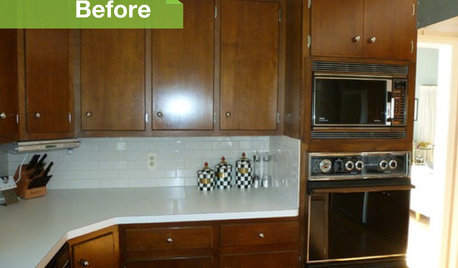
KITCHEN DESIGN3 Dark Kitchens, 6 Affordable Updates
Color advice: Three Houzzers get budget-friendly ideas to spruce up their kitchens with new paint, backsplashes and countertops
Full Story
DECORATING GUIDES7 Bedroom Styling Tricks Anyone Can Do
Short on time or money? You can spruce up your bedroom quickly and easily with these tips
Full Story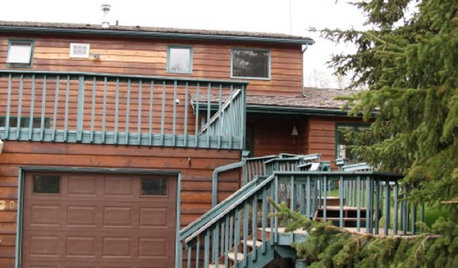
Ideabook 911: My House Needs a Facelift!
Houzz Member Gets Ideas for Sprucing Up This Deck and Garage
Full StorySponsored
More Discussions









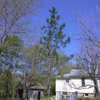
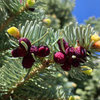
spruceman